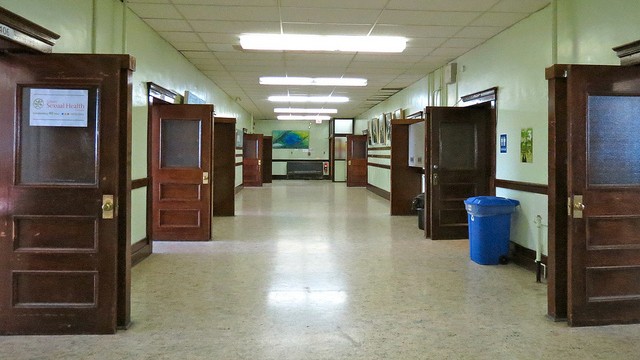
Transparency is not a word often associated with education. For many parents, the time between 8 a.m. and 3 p.m. can feel like a mysterious part of their child’s life. Questioning students about their school day often results in an unsatisfying answer and not every parent has the time to be in constant communication with their student’s teacher.
For teachers, transparency can have a distinctly negative connotation. In the political debate, the word is often used in connection to hot button issues like posting teacher salaries and benefits publicly or publishing test scores. And within the school walls, transparency can feel like judgement. Teachers can see principal visits as inspections, not respectful check-ins to offer encouragement and suggestions. No school is the same and dynamics between teaching staff and the administration are different everywhere, but for many teachers the classroom is a sacrosanct, personal space.
But what if teachers embraced the idea of transparency as a form of activism, a way of shining light on what works in the classroom? “The minute we say, 'Come look and talk to the students,' we can show what we’re all about,” said Jose Vilson, an educator and panelist at EduCon in Philadelphia. “If we can do that with a sense of trust and expertise, with respect for ourselves and others, then we can have a pro something instead of an anti-something.”
Opening one's classroom to public scrutiny isn’t an easy thing to do. “In order for us to get more people involved, some of us are going to have to be twice as involved, go twice as deep and explain what we are doing in the classroom,” Vilson said. That means being vulnerable and willing to defend teaching practices to anyone who asks. But by welcoming a variety of voices into a discussion about what drives powerful learning experiences, and why certain teaching practices work and others don’t, the process becomes participatory. Everyone shares the responsibility for changing a system that matters to the future of the country.

